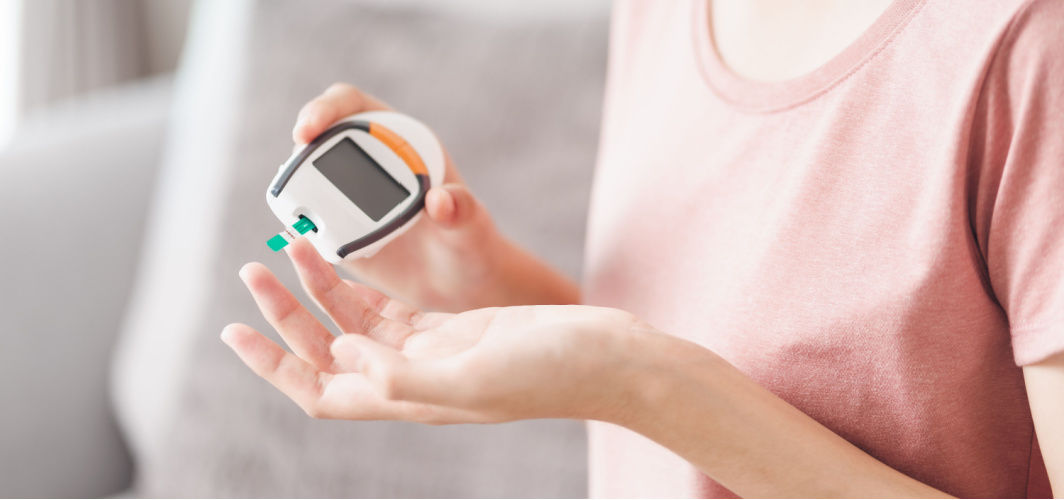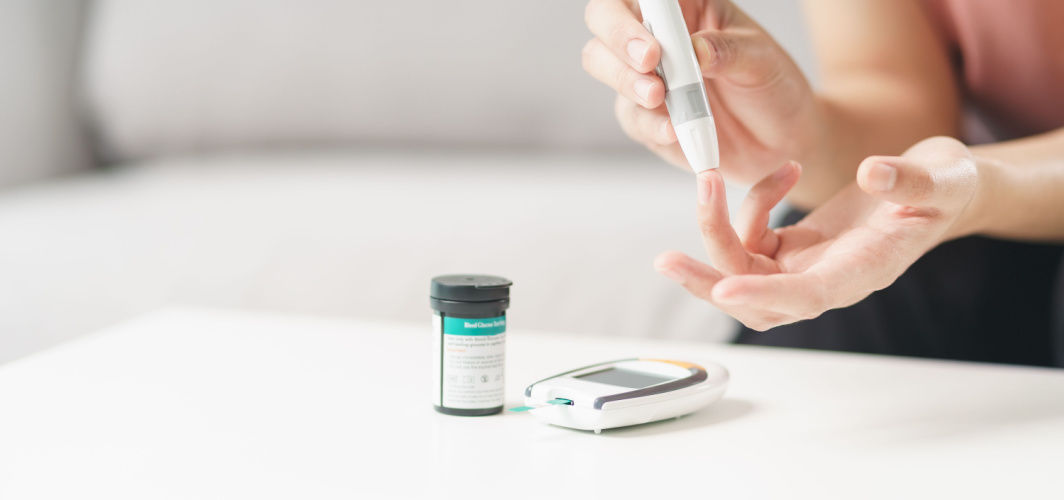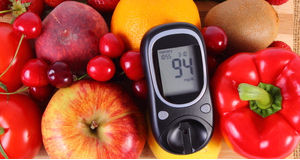Diabetes Management
3 Common Mistakes to Avoid While Blood Sugar Testing
2 min read
By Apollo 24|7, Published on - 13 September 2023, Updated on - 14 September 2023
Share this article
0
0 like

Keeping an eye on your habits, embracing lifestyle adjustments and incorporating regular exercise, are essential steps in mitigating the risk of disease for individuals living with diabetes. The ability to conduct self-blood sugar testing, which helps prevent severe complications and promotes a stress-free life, is important too. Nevertheless, individuals frequently find themselves making errors during this monitoring process. In this blog post, we'll explore three common blood sugar testing mistakes that you must avoid to ensure precise monitoring and the effective management of your health.
1. Pricking the Same Finger Daily
Repeatedly using the same finger for daily blood sugar tests can lead to discomfort or minor injury. To prevent this, you can alternate fingers from either hand when conducting blood sugar level tests.
2. Improper Hand Hygiene
Always begin by washing your hands thoroughly with soap and water, ensuring they are completely dry. Leftover residues from food or other substances on your fingers can contaminate the test strip, leading to inaccurate results.
3. Testing Right After Eating
Testing your blood sugar right after having a meal or a snack might give you a high reading on your glucometer. Testing fasting blood sugar and before eating would likely be more accurate. If you wish to test after eating, it is advisable to wait for two hours after eating.
Conclusion
Maintaining accurate blood sugar testing is pivotal for effective diabetes management. Avoiding these common mistakes will empower you to take better control of your condition and collaborate effectively with your healthcare team to make informed decisions regarding your diet, medication, and lifestyle. You should reach out to your healthcare provider for guidance and support if you have any questions or concerns regarding your blood sugar testing.
Diabetes Management
Leave Comment
Recommended for you

Diabetes Management
Can One Eat Radish During Navratri Fasts?
During Navratri, a festival celebrated over nine days in India, fasting is common as a means of spiritual purification. Radishes, being root vegetables, are a subject of debate for many as to whether they can be consumed during this fasting period. The acceptance of radishes during Navratri fasting depends on regional and cultural variations, individual customs, and personal beliefs. In many Hindu traditions, root vegetables are avoided during fasting, yet they offer valuable nutritional benefits.

Diabetes Management
Eating Out in Festivals: Tips for a Healthier Dining Experience
Dining out with diabetes can still be a delightful experience with some careful choices. To enjoy restaurant meals while managing your blood sugar levels, plan ahead by reviewing the menu and choosing dishes wisely, focusing on lean proteins and vegetables. Watch portion sizes and control carbohydrates. Request dressings and sauces on the side and opt for healthier beverage choices. Be mindful of desserts and share them if needed. Communicate your dietary needs with the person who is serving, and try to stick to your regular meal schedule for stable blood sugar levels. Dining out can be a pleasure with these strategies in mind.

Diabetes Management
Why Should Diabetics Regularly Monitor Their Blood Glucose?
If you have diabetes, keeping an eye on your blood sugar levels is vital. Figuring out what makes your glucose levels rise and drop can prove to be extremely helpful in managing your condition. It can also help your doctor create a suitable treatment plan for you. Read on to learn about the benefits of blood sugar monitoring for diabetics.
Subscribe
Sign up for our free Health Library Daily Newsletter
Get doctor-approved health tips, news, and more.
Visual Stories

8 Fruits That are Incredibly Healthy for Diabetes
Tap to continue exploring
Recommended for you

Diabetes Management
Can One Eat Radish During Navratri Fasts?
During Navratri, a festival celebrated over nine days in India, fasting is common as a means of spiritual purification. Radishes, being root vegetables, are a subject of debate for many as to whether they can be consumed during this fasting period. The acceptance of radishes during Navratri fasting depends on regional and cultural variations, individual customs, and personal beliefs. In many Hindu traditions, root vegetables are avoided during fasting, yet they offer valuable nutritional benefits.

Diabetes Management
Eating Out in Festivals: Tips for a Healthier Dining Experience
Dining out with diabetes can still be a delightful experience with some careful choices. To enjoy restaurant meals while managing your blood sugar levels, plan ahead by reviewing the menu and choosing dishes wisely, focusing on lean proteins and vegetables. Watch portion sizes and control carbohydrates. Request dressings and sauces on the side and opt for healthier beverage choices. Be mindful of desserts and share them if needed. Communicate your dietary needs with the person who is serving, and try to stick to your regular meal schedule for stable blood sugar levels. Dining out can be a pleasure with these strategies in mind.

Diabetes Management
Why Should Diabetics Regularly Monitor Their Blood Glucose?
If you have diabetes, keeping an eye on your blood sugar levels is vital. Figuring out what makes your glucose levels rise and drop can prove to be extremely helpful in managing your condition. It can also help your doctor create a suitable treatment plan for you. Read on to learn about the benefits of blood sugar monitoring for diabetics.